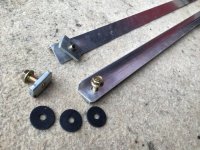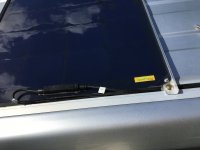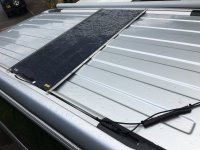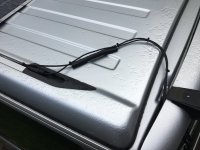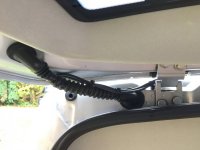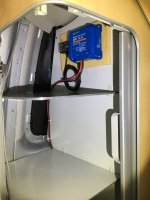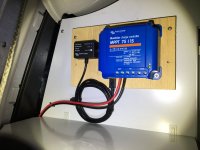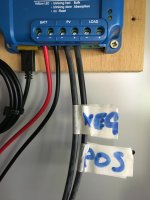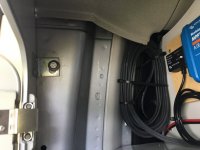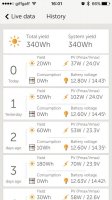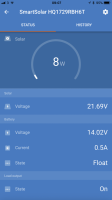I am about to get my kit together:
2 x flexible Sunpower 100w
1 x Victron SmartSolar MPPT 75V/15A Bluetooth
1 x Victron Energy Direct Bluetooth Smart dongle
Not sure what connectors and cables to get …? I guess a set of battery cable (with battery shoes) and som 4mm wire – am I right?
AND I am also in search of a guide for installation. If someone should have a description to spare, I would be really grateful ;-)
Hi
@Kmann
I set up Solar on my Cali last summer - I removed the whole set up which is super easy and will install it on another Cali this year. I bought my panel with the cable set included from a UK specialist.
I have a 100w high spec flexible panel, Victron 15 amp MPPT control unit (can handle 2 x 100w panels if you want to upgrade), all cable harnesses and the bluetooth dongle for iPhone connectivity - came in at £314 delivered in the UK. Your solar supplier should have the correct cables. If you PM I will send you a link.
All you need is two pieces of aluminium angle 125cm wide that you PU adhesive the panel to, four bolts/nuts a few washers and some M8 captive nuts to go in the roof rail channels - all picked up at Wickes and my local hardware store for another £16.
The length of the panel is 1200mm - exactly the same as the centre to centre measurement of the roof rails.
I got a 2.5m length of aluminium angle (15mm x 30mm) from Wickes (£14) and for the captive threaded 'nut' incredibly my local old fashioned hardware store has some fixings (not sure what for) but they are zinc plated steel rectangles 20mm wide, about 40mm long and about 6mm thick with an M8 thread (30p each) - these are the perfect size to slot into the rails.
So I cut the angle in half, rounded the corners and then it was scored and abraded as a key - I attached the panel with PU adhesive and also riveted it for good measure.
This was mounted with holes in the corners of the angle/panel to the slotted fixings - all you need in between is M8 rubber penny washers - 99p for 10 on eBay.
I made up a small ply board for the electrics and as the small connectors are quite delicate I made sure to support everything carefully to avoid movement - some sticky foam behind the small connectors.
I rounded off the corners of the Dibond shelves so the cables could run there - see pics, my cables are left long as I want the option to run this in a Beach. It's just a case of running cables as neatly as possible and leave some room for the extra length of the open roof.
